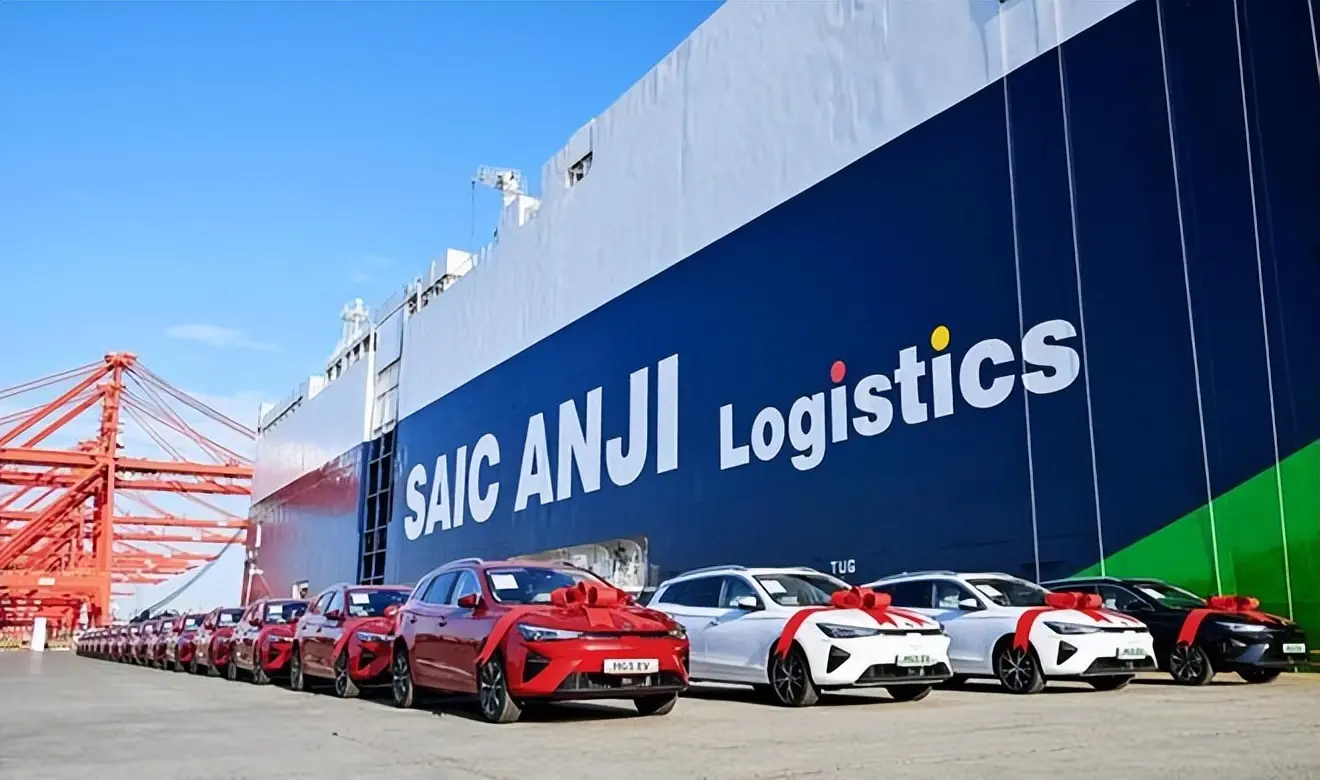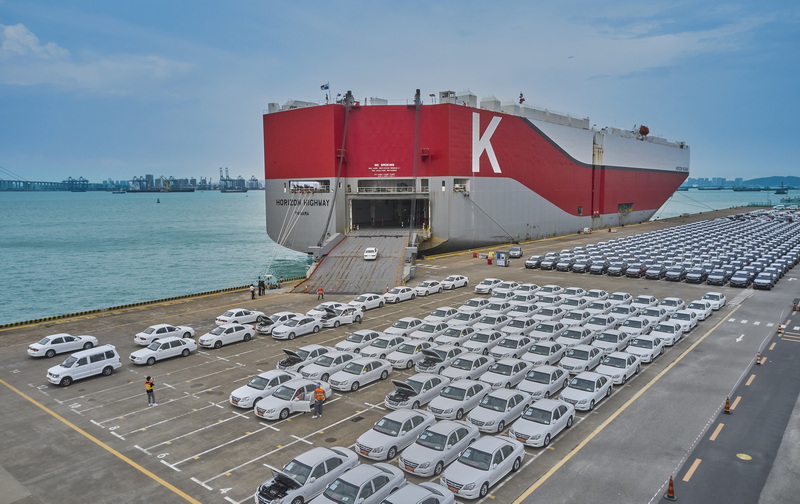Against the backdrop of globalization, automotive companies have been continuously seeking the best market layout strategies. However, in recent days, several Chinese car manufacturers are considering abandoning the US market and turning to embrace Latin America. Behind this shift lies the imposing tariff barrier of up to 27.5% and the increasingly challenging competitive landscape in the United States.

Faced with this situation, Chinese car companies are seeking new avenues. They have found that while the Latin American market may be relatively small in scale, it holds immense potential and is easier to enter. Therefore, these companies are establishing factories in places like Mexico and Brazil, shifting their focus to this new market full of opportunities.
How are Chinese car companies responding?
Taking BYD as an example, the company is actively preparing to establish a factory in Mexico. According to Zou Zhou, the head of BYD Mexico, overseas production is crucial, and Mexico, as an important market with tremendous potential, is an ideal choice for BYD’s international expansion. It is reported that BYD plans to select a site and begin construction of the factory by the end of the year, with a production capacity of up to 150,000 vehicles per year.
Meanwhile, BYD has also introduced several passenger cars and bus products into the Mexican market, gradually expanding its market share. These products are not only of high quality but also affordably priced, making them popular among local consumers.
In addition to BYD, other Chinese automakers are actively seeking opportunities in the Latin American market. They are establishing research and development centers and production bases in Mexico, Brazil, and other places, strengthening cooperation and communication with local companies to jointly promote the development of the automotive industry.
Have Chinese car companies given up on the U.S. market?
Of course, shifting towards the Latin American market does not mean that Chinese automakers are giving up on their pursuit of the US market. They continue to closely monitor the dynamics of the US market, seeking appropriate timing and methods to enter this market. However, under the current circumstances, the Latin American market undoubtedly represents a more practical and feasible choice.
Facing a 27.5% tariff barrier and intense competition in the US market, several Chinese automakers have chosen to abandon the US market and turn to Latin America. Although this shift may seem somewhat reluctant, it also reflects the flexibility and wisdom of Chinese automakers in responding to changes in the global trade environment.



